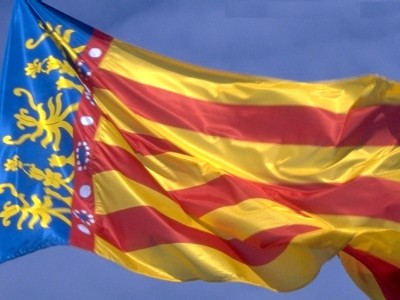

HISTORICAL INFORMATION
Valentia prospered with rapidity and in a little time it began to coin its own currency.
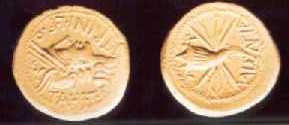
From the middle of the century I Valentia it was initiating a long stage of development and the aggrandizement of the city by means of the construction of big public buildings - as the forum or the circus - and the execution of important works of infrastructure, as a fluvial port.
From the middle of the century IV a Christian community could exist in the city shaped around the memory of san Vicente, tortured here in the year 304. The church assumed the reins of the city and the buildings of Christian worship were replacing the former Roman temples.
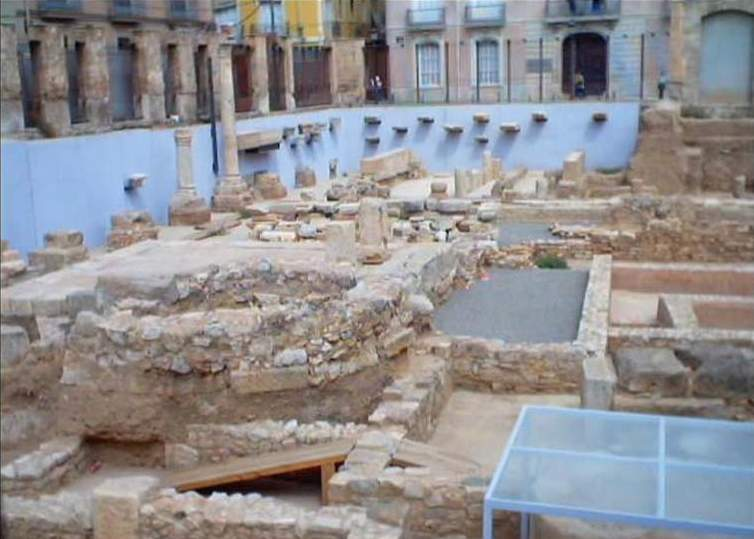
After the Moslem conquest of 711, Valencia passes to call Balansiya. Abd allah,called the-Balansi arranged to construct in the suburbs of the city a luxurious palace, the Russafa, origin of the current neighborhood of the same name. In a little time, it changed the language, the religion and the customs of the inhabitants.
At the end of the century XI, the Cid did under control of Valencia, which remained in hands of the Christian troops until 1102. With the conquest of Valencia for Jaime I in 1238 it put end to five centuries of Moslem culture, but this one left a solid stamp in the city and in the Valencian territory.

After the Christian victory the King granted to the city a few new laws, els Furs, which some years later did extensive to the whole Kingdom of Valencia. It began here a new stage, of the hand of a new society, who sat the bases of the such Valencian people and since we know it today.
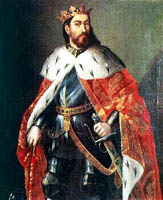
The living together all three communities, christens,jewish and Muslim, who occuped the city, was troubled along the whole middle ages. The Jews installed around the street of the Sea, had progressed economically and socially, and their neighborhood was extending progressively the limits.
the Muslims who remained in the city after the conquest were installed in a Moorish quarter close to the Mosen Sorell's current market, contiguous to the handcrafted neighborhood of Carmen.
In the century XV Valencia lived through a stage of great economic development and cultural and artistic brilliance and the city turned into a commercial emporium to which there come merchants of the whole Europe.
At the end of century there was raised The Lonja of the Silk and of the Merchants, one of the most important centers of mercantile transactions of the Mediterranean.
This economic summit has its reflex in the artistic and cultural plane. There get up now some of the most emblematic buildings of the city, as the Towers dels Serrans (1392), Lonja (1482), the Micalet or the chapel of the Kings of the Convent of Santo Domingo.
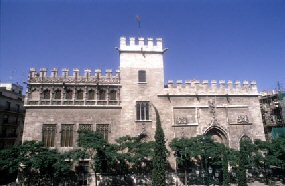
In literature it blooms the written production, of authors' hand as Ausias March, Roiç de Corella or Isabel de Villena.
About 1460 Joanot Martorell writes the Tirant lo Blanch, an innovative novel of cavalry that influenced numerous posterior authors, from Cervantes to Shakespeare.
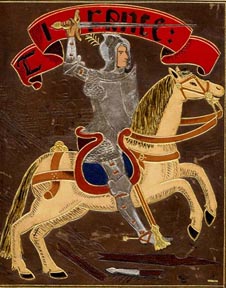
From the end of the century XV it was operating on in Valencia the court of the Inquisition, which acted in numerous occasions on the Jewish community.
One of the families that suffered the harassment of the Inquisition was that of Lluís Vives, great humanist and Valencian philosopher of the European Renaissance.
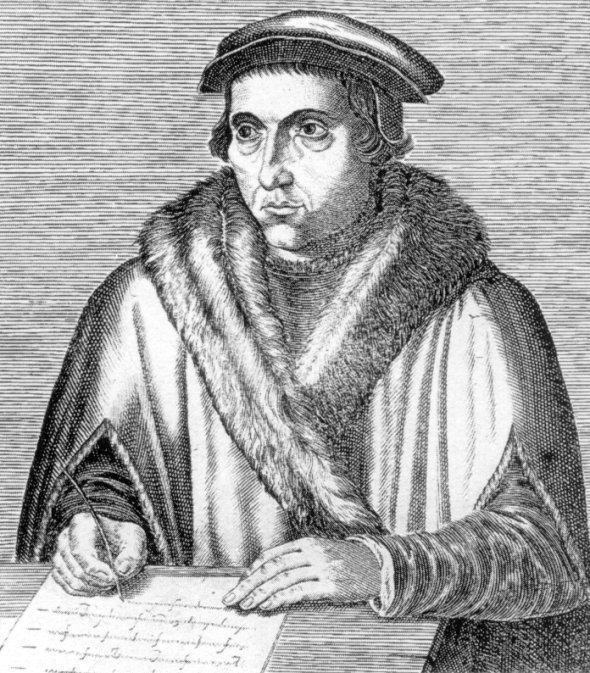
In 1609 there was promulgated the decree of expulsion of the Moriscos, being the Shore one of the ports in which they embarked to be moved to the north of Africa.

The history of Valencia, like mostly that of the rest of Europa, between the end of the century XVIII and the beginning of the XIX was marked by the repercussions of the French Revolution.
From the last quarter of the century XIX Valencia began to grow. The demolition of the walls in 1865 was the point of item for the opening of the big routes, foreseen in the plans of Widening, which promoted the rapid urbanization, filling with buildings of modernist and eclectic style, many of which still exist.
At the beginning of the century XX Valencia was an industrialized city. The best expression of this dynamics they were the regional exhibitions, especially that of 1909, located close to the Alameda, where they were showing themselves the advances of the agriculture and the industry. The International Fair of Samples was born.
__Important Figures__
Vicente Blasco Ibañez was born in Valencia on January 29, 1867. Blasco Ibáñez's numerous novels have been led to the screen and to the scene. All of them have been translated multiple times into more than 10 languages. There exist editions of his Complete Works even in Russian and Japanese. Only he has managed to charge for every article thousand dollars in the USA.
Joaquín Sorolla y Bástida could catch the light of the Mediterranean of the only form. He was born in Valencia in 1863. His international reputation will come with the exhibitions of Paris (1906) and New York (1909), in which he reaches an important success of sales and of critique. His style luminista is admired by all. The Valencian light, the peoples of the village and their activities will lead his pictures.
At the beginning of the sixties there began the economic recovery, through which Valencia lived with a spectacular demographic growth due to the immigration and with the execution of important urban development works and of infrastructures.
To the death of the general Franco in 1975 there began the process of democratic transition. The approval of the Spanish Constitution of 1978, the State of the Autonomies contemplated and the transference of competences to the Valencian Community, they constitute important milestones of our recent history.
On the last two decades Valencia has experimented a brilliant transformation.
Emblematic projects, as the Garden of the Turia, the IVAM, the Palau of the Music or that of Congresses, the underground, the City of the Arts and of the Sciences and the Park of Head-board they have identified the Valencian ones with their city and are attracting every day more tourism.
But, together with them, they are the infrastructures, the services and the public equipments of quality those that turn to Valencia in a modern city, a city that confronts the future hopefully and firmly seated in an out-standing position inside Spain and Europe.




